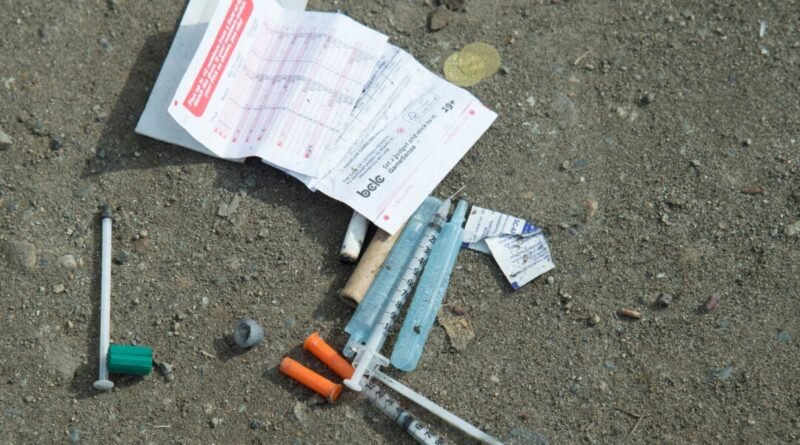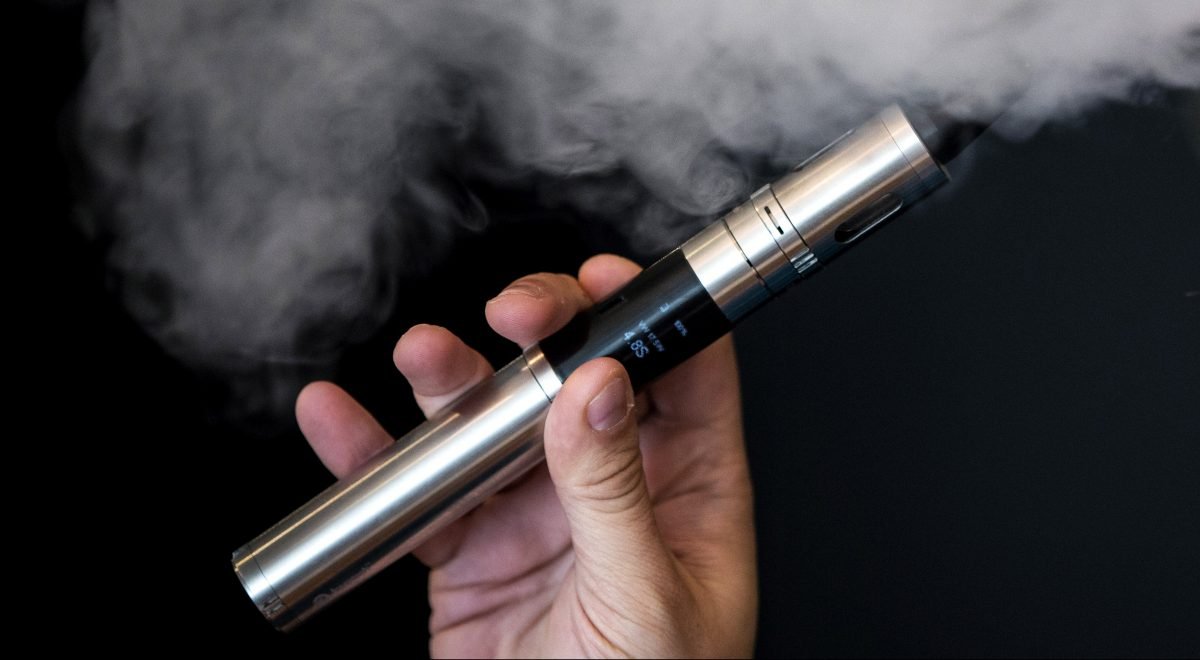Exploring the Impact of ‘Safer Supply’ Drugs on Canadian Teenagers: A Comprehensive Analysis
Addictions experts and authorities agree that some of the government-provided “safer supply” opioids are being diverted—that is, sold or given away to others rather than taken by the drug addicts to whom they are prescribed “as a safer alternative to the toxic illegal drug supply.”
There’s disagreement, however, on how much is being diverted and whether it has become a gateway drug for youth to fall into opioid addiction. This contentious point is a wedge in Canada’s political and social divide on the “safer supply” approach to the overdose crisis.
The Epoch Times took a look at much of the available data, along with other evidence for and against a teen “dilly” problem. Dilly is the street name of Dilaudid, a brand name for the safer supply opioid hydromorphone. Other drugs in the opioid class include fentanyl, morphine, oxycodone, heroin, and codeine.
Some doctors have raised the alarm, saying Dilaudid is the new OxyContin, fuelling a new addiction crisis. They say it’s appealing to Canadian youth—it’s now very cheap and it seems relatively safe, as the government’s “safer supply” designation suggests.
A hydromorphone pill costs only about $1 on the street in London, Ontario, where a safer supply program has been running since 2016, says Sharon Koivu, an addictions specialist and researcher at London Health Sciences Centre.
Related Stories
“Opioids were not a high school recreational drug prior to safe supply. Hydromorphone is now,” Dr. Koivu told The Epoch Times via email. “Safe supply has magnified our opioid use.”
She has been vocal on the issue for some time now, but says her complaints have fallen on deaf ears within the safer supply program. Safe supply proponents say hydromorphone is needed to give people an alternative to fentanyl or fentanyl-laced drugs sold on the street, to prevent overdoses.
Mark Mallet, a hospitalist in Victoria, British Columbia, also recently raised the alarm on hydromorphone diversion and discussed why some are reticent to address the issue.
“As a doctor and as a parent, I hear story after story of how the province’s unwitnessed safe-supply program is drawing our young people into the dark world of the opioid epidemic. Every user has a story about the first opioid they tried, and for too many people, that opioid came from a pharmacy,” Dr. Mallet wrote in an op-ed for The Globe and Mail in September.
As a physician whose primary focus is the general medical care of hospitalized patients, Dr. Mallet said evidence is dismissed as “anecdotal” because not enough hard data has been collected.
“An ‘absence of evidence’ could mean that no one has been collecting it. An ‘absence of evidence’ could also just mean that public-health officials are failing to look for it in the right places,” he wrote. “As the death toll continues to mount and our youth are literally dying while we wait for data, the anecdotes must be seen as evidence enough.”
… (Continued)




